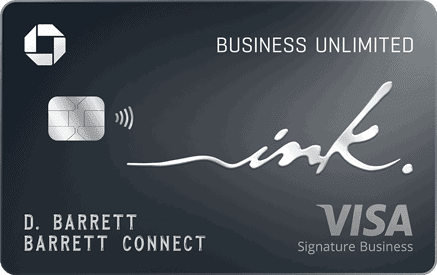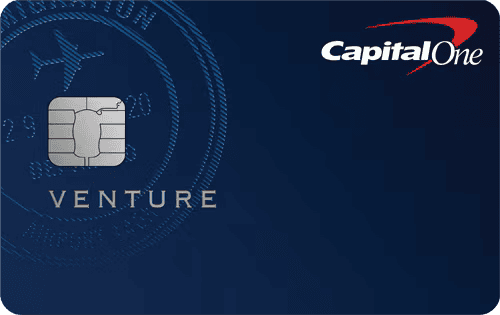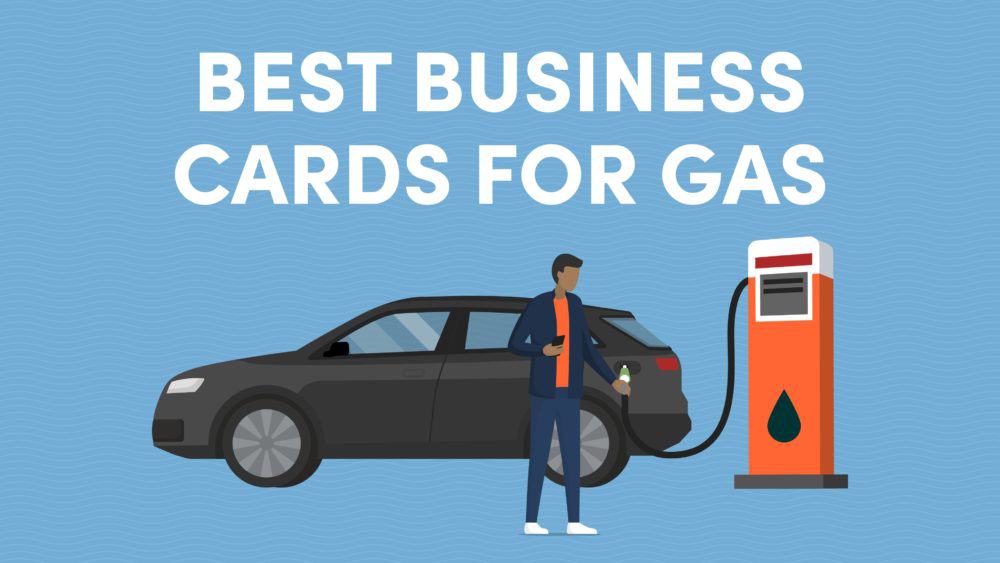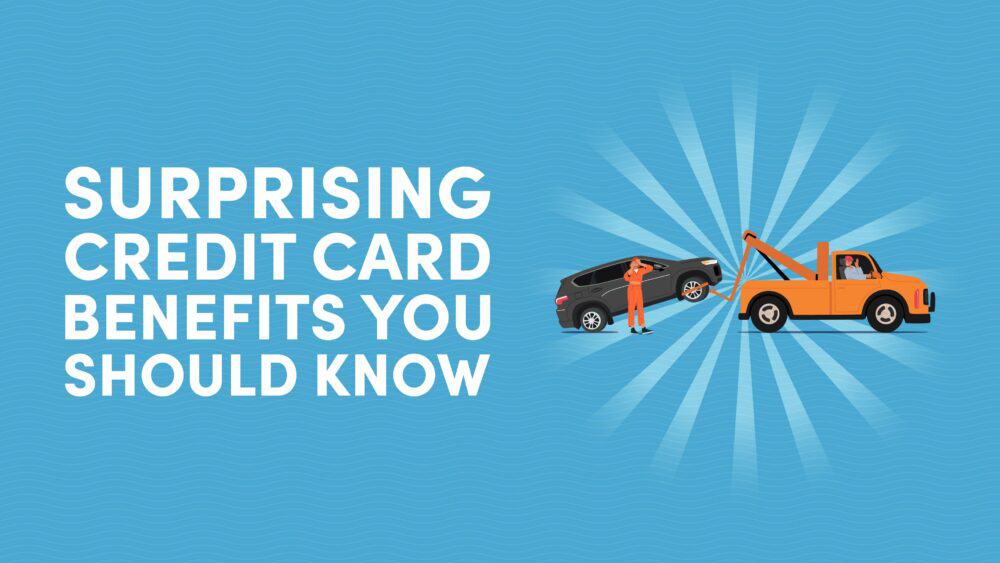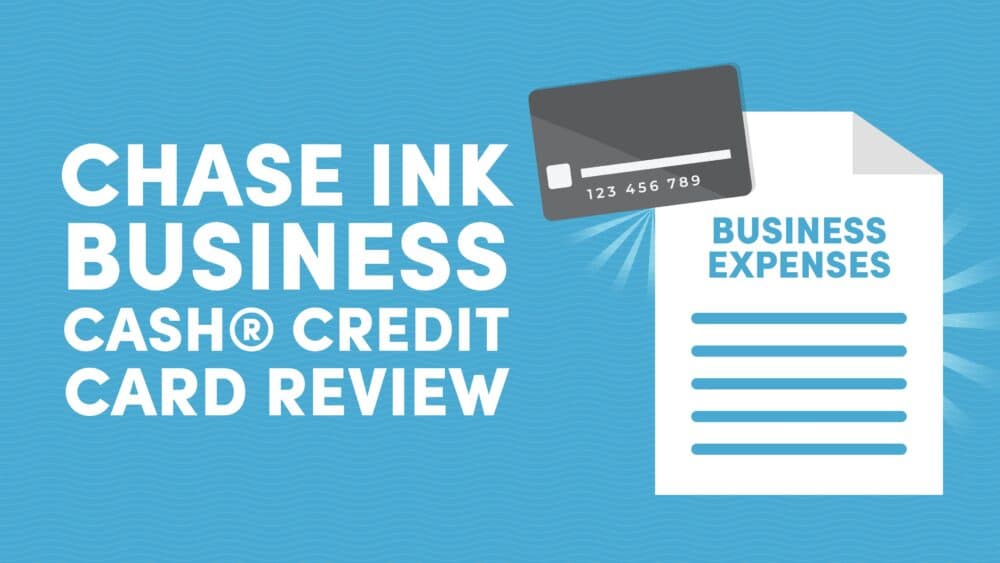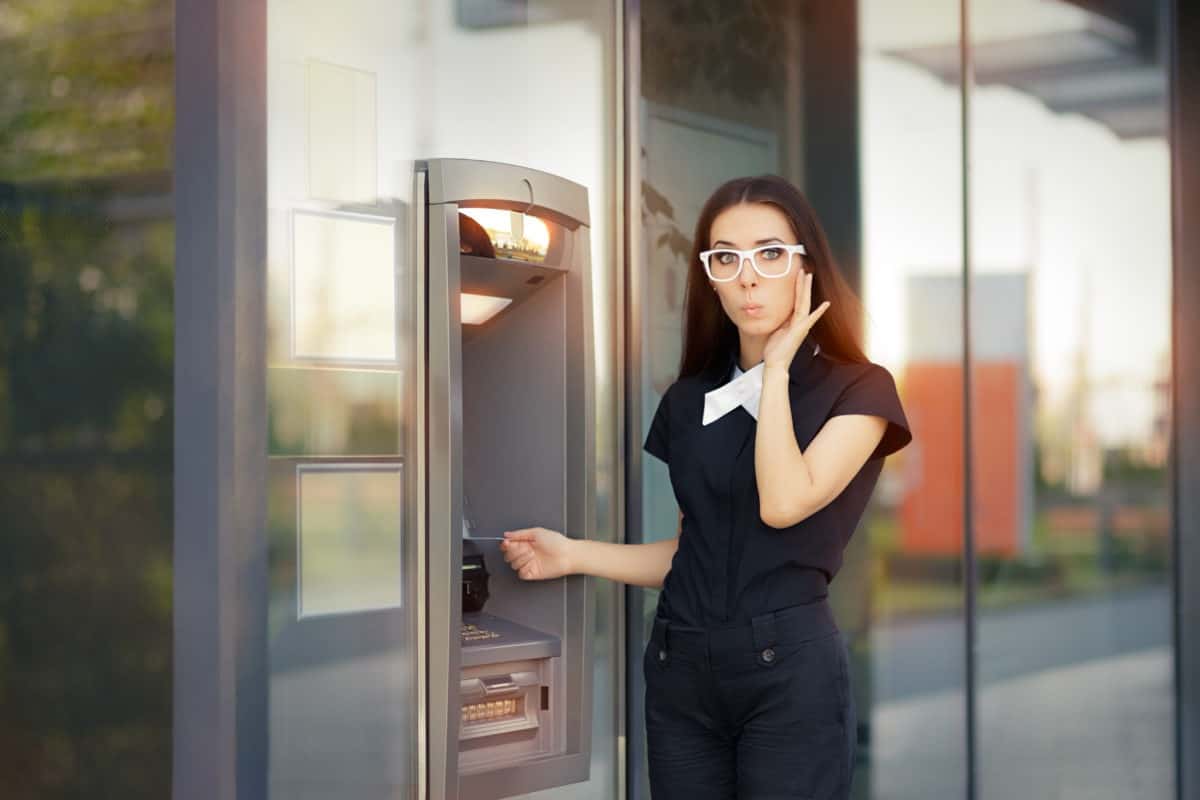
10xTravel is part of an affiliate sales network and receives compensation for sending traffic to partner sites, such as CreditCards.com. This site may earn compensation when a customer clicks on a link, when an application is approved, or when an account is opened. This compensation may impact how and where links appear on this site. This site does not include all financial companies or all available financial offers. Terms apply to American Express benefits and offers. Enrollment may be required for select American Express benefits and offers. Visit americanexpress.com to learn more. All values of Membership Rewards are assigned based on the assumption, experience and opinions of the 10xTravel team and represent an estimate and not an actual value of points. Estimated value is not a fixed value and may not be the typical value enjoyed by card members.
Note: Some of the offers mentioned below may have changed or may no longer be available. The content on this page is accurate as of the posting date; however, some of our partner offers may have expired. You can view current offers here.
In the movie “The Wedding Date” — I’m probably the only one who watched it — the main character (Kat) hires an escort (Nick) to pose as her boyfriend at her younger sister’s wedding in London. She pays him $6,000 — which she took from her 401K — to travel with her to England for the weekend.

Kat makes poor financial decisions.
The movie itself is nothing to write home about, and I’ll spare you the details, but there is a scene in it that will make any savvy credit card holder angry.
We already know that Kat makes poor financial decisions. To make matter worse, she maxes out her many credit cards’ cash advance limits and withdraws a bunch of cash from several ATMs to pay Nick for extra services. She’s seen going from one machine to another collecting hundred of British pounds without a care in the world.
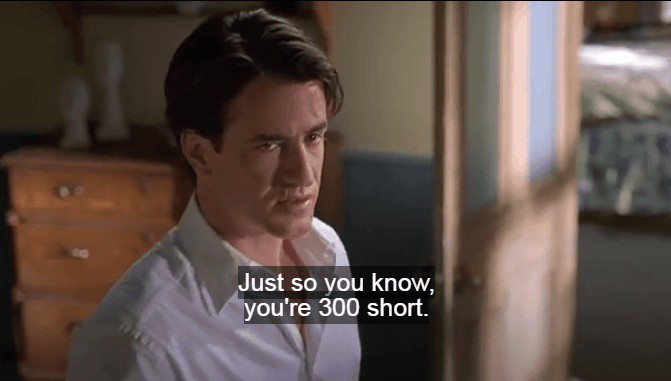
Kat maxes out her many credit cards’ cash advance limits and withdraws a bunch of cash from several ATMs to pay Nick for extra services.
For many, the fact that Kat takes out multiple cash advances at foreign ATMs so willy-nilly is flat out infuriating.
Maybe, if she’d hung out with us in the 10xTravel Insider’s Facebook group, she’d know better!
However, if you’re new to international travel, this faux pas might not be obvious to you. So, let’s talk about why you shouldn’t use your credit card at an ATM to take out a cash advance.
What Is A Cash Advance?
A cash advance is a service that your financial institution of choice likely provides. It lets you withdraw cash at an ATM or a bank counter from your credit card. Just like a standard credit line, a cash advance has a limit, and it is typically much lower than your credit line allows you to spend on the card.
For example, the total credit limit on my Chase Freedom Credit Card is $7,000, but only $1,400 is available for a cash advance.
$200
Bonus
after you spend $500 on purchases in your first 3 months from account opening
Offer Ending Soon: Earn a $300
Bonus
after you spend $500 on purchases in your first 3 months from account opening
As with many things in life, just because you can, doesn’t mean you should. Here are the reasons why you shouldn’t use your credit card for a cash advance.
Reasons You Shouldn’t Use Your Credit Card At An ATM
You Pay ATM Fee
You’ll be charged a fee to withdraw cash from just about all ATMs when traveling abroad whether you use a credit card or debit card. However, some debit cards will reimburse you. Of course, you can even run into fees when traveling in the U.S. if your bank doesn’t operate in the city you’re visiting.
The average out-of-network ATM fee is $3.02 per transaction plus a fee of $1.66 imposed by your bank, according to the latest Bankrate survey. The more transactions you make, the quicker the fees add up.
Keep in mind that these fees apply to debit cards as well. But they’re much much worse for credit cards when combined with a multitude of additional fees.
Cash Advance Fee Is Pricey
The cash advance fee is charged separately from the ATM fee, which increases the cost of your withdrawal even more. That cost depends on your card issuer and the amount you need. The Chase Freedom Card, for example, charges either $10 or 5% of the total amount withdrawn (whichever is greater).
If you’re traveling abroad, you can leave the Chase Freedom at home because you’ll incur a foreign transaction fee when you make purchases. You’re much better off using the Chase Sapphire Preferred® Card or Chase Sapphire Reserve® to earn valuable Ultimate Rewards points on key categories like dining, flights, and hotels while abroad.
High Cash Advance APR
Typically, the purchase APR on your credit card isn’t the same as the cash advance APR. Because the banks can’t keep track of how you spend cash, the cash advance APR is a lot higher. Let’s keep using the Chase Freedom as our example. The purchase APR on this card is often more than 20%, while the cash advance APR is often more than 26%. That’s a BIG difference!

The average out-of-network ATM fee is $3.02 per transaction plus a fee of $1.66 imposed by your bank, according to the latest Bankrate survey. The more transactions you make, the quicker the fees add up.
Zero Grace Period To Pay Off Balance
If the other reasons weren’t enough to stop you, here comes the worst one.
Unlike regular credit card spending, which gives you a few weeks to pay off your balance, cash advances start accruing interest the day…nay, the second you withdraw the cash. Remember that increased cash advance APR? It’ll bite you in the rear end quicker than you can say “cash.”
This is the most important reason why you should avoid cash advances like the plague.
You Earn Zero Rewards
It goes without saying that cash advances don’t earn rewards, no matter if you use an airline card, a hotel card or a cashback card. You’ll have no way of justifying those high ATM and cash advance fees.
How Much Will A Cash Advance Cost?
Let’s go back to Kat and her pretend-boyfriend. I recall in the movie she stops by multiple ATMs — let’s say four, for the sake of this example — and frantically withdraws an equivalent of about $2,000 in cash. Don’t ask me why I remember anything about this B-list movie.
In this scenario, she will pay $18.72 in ATM fees ($4.68×4) and at a 5-percent cash advance fee, she will owe the banks $2,100 on day one.
Even if the cash advance APR is a bit lower than what you’ll find with the Chase Freedom, it’s still going to be rough.
Let’s use the rate of 25.24% and pretend that Kat needs two weeks to pay off her short-term loan. At this rate, she’ll owe another $19.36 in interest.
Don’t even get me started on foreign transaction fees! The most common fee adds up to 3% of each transaction, and we don’t know whether any of Kat’s credit cards waive foreign transaction fees. Let’s say that’s another $60 tacked onto the withdrawal amount.
After everything is said and done, taking out $2,000 from four ATMs could cost Kat nearly $200 on top of her initial withdrawal amount.
It adds up quickly, doesn’t it?
Clearly, a cash advance is a terrible way to get cash while traveling abroad.
How to Get Your Hands On Quick Cash Without Taking Out A Cash Advance
If you’re short on cash and it’s an emergency, there are other ways of getting the money you need in a pinch.
Bills to Pay? Pay With Plastiq
Because you’re reading 10xTravel, chances are you already hold a few credit cards. Instead of taking out cash, see if the vendor you need to pay will accept card payment. Generally, you’ll have a few weeks after your statement closes to pay off the balance.
Chase Sapphire Preferred® Card
75,000
bonus points
after you spend $5,000 on purchases in the first 3 months from account opening.
Annual Fee: $95
If it’s rent, you can use your credit card to pay via a third-party payment processor such as Plastiq. This service charges a standard 2.5% processing fee, but you’ll come out ahead when compared to a cash advance.
Check out our complete guide to Plastiq if you want some more info on how you can use a credit card to pay bills.
Open A Balance Transfer Card
If you have a week or so to wait for a new credit card to arrive, you can open a balance transfer card and use it to pay your emergency bill. Many rewards cards on the market offer a promotional interest-free period of 12 to 18 months, during which you accrue no interest on purchases made within that time frame.
If you do transfer a balance from another card, there is likely a fee on the transferred amount, usually 3 percent, but some cards charge no balance-transfer fees.
If you choose to take advantage of a balance transfer option, please be careful. Once the fee-free promotion period is over, you’ll owe interest on the months you have carried a balance. That could mean 12+ months of interest!
Take Out A Short-Term Loan
When I say take out a loan, I don’t mean those payday loan booths lining the streets in a sketchy part of town. Go to your bank or, better yet, credit union. A credit union typically charges lower interest on personal loans, and you can cut back further by paying it off as soon as you can. This isn’t a bad idea in a pinch and is also a better option than trying your luck with a credit card at an ATM.
Final Thoughts
No matter how you slice it, taking cash from an ATM using a credit card is not worth the fees you’ll owe. Our advice is don’t do it. Be creative and think of other ways to pay those bills, whether it’s opening a no balance transfer credit card or taking out a short-term loan from a bank or a relative.
New to the world of points and miles? The Chase Sapphire Preferred® Card is the best card to start with.
With a bonus of 75,000 bonus points after you spend $5,000 on purchases in the first 3 months from account opening. , 5x points on travel booked through the Chase TravelSM Portal and 3x points on restaurants, streaming services, and online groceries (excluding Target, Walmart, and wholesale clubs), this card truly cannot be beat for getting started!
Editors Note: Opinions expressed here are author’s alone, not those of any bank, credit card issuer, hotel, airline, or other entity. This content has not been reviewed, approved or otherwise endorsed by any of the entities included within the post.






